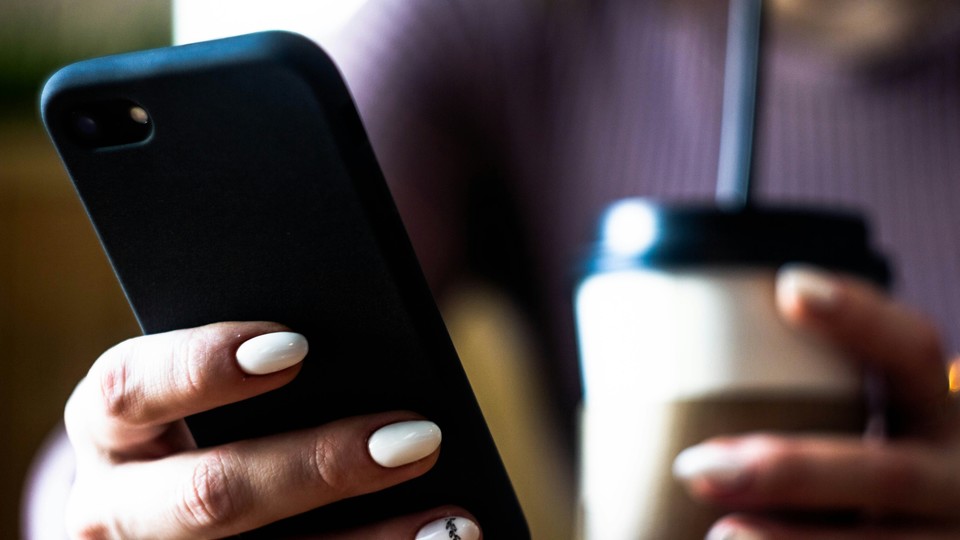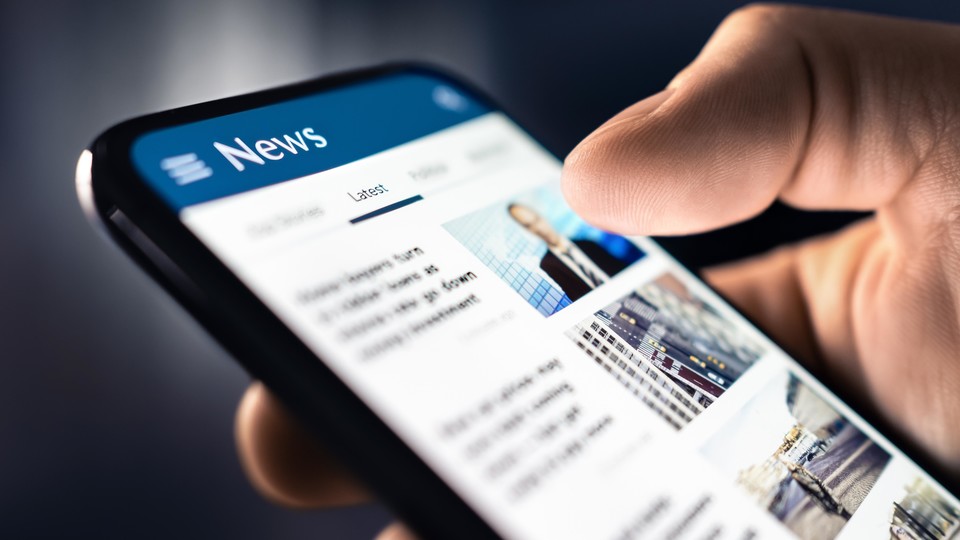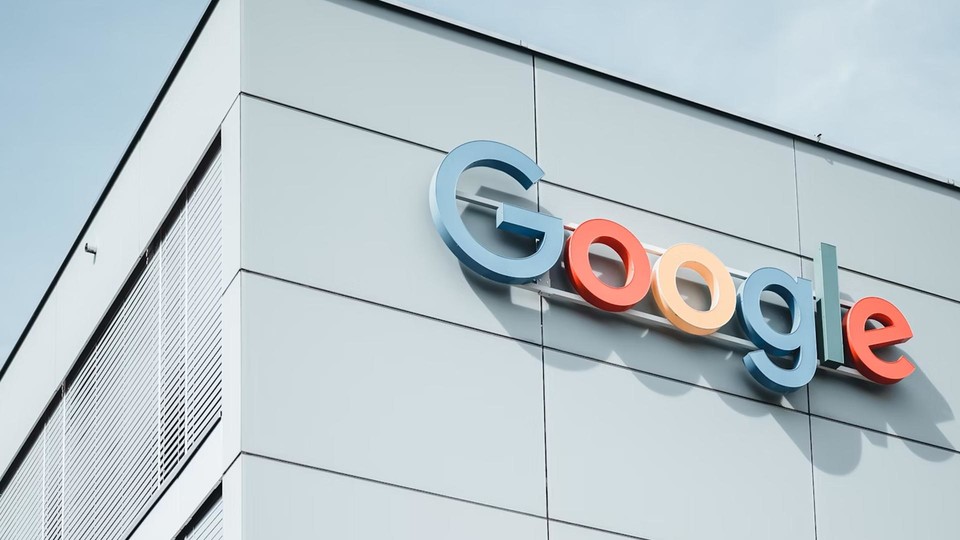After a dire year, Baylor St. Luke's Medical Center looks to the future
Another challenge for St. Luke’s is ownership. It’s the third major management shuffle for Baylor St. Luke’s in under 10 years. “Lots of changes in leadership over that point in time — distractions,” said Ken Janda, a health care economics professor at Rice University and a consultant with Wild Blue Health Solutions.
Acting The Part
Can shopping like a math whiz make you into one?


Based on research by Jaeyeon (Jae) Chung and Gita V. Johar
Can shopping like a math whiz make you into one?
- Feeling ownership over a product can activate a person’s identity in areas related to the product. It can also deactivate a person’s identity in areas unrelated to the product.
- When product-related identity is activated, performance in activities related to the product is likely to improve.
- At the same time, performance in non-related activities is likely to get worse.
Want to get better at a task? It may be possible to shop — or imagine — your way to success.
Just pretending to shop for items associated with certain skills (for example, a fancy calculator) may actually improve your performance in areas related to that skill (in this case, math).
That’s because our identities are highly influenced by our possessions — which we often experience as part of ourselves. As a result, this activation of an identity by our possessions, even imaginary ones, can enhance performance. For example, one study found that by using a pen labeled “MIT” on GRE exams, students scored higher than those using a standard Pilot pen, particularly when they believed that their inner ability was fixed, and that they had to rely on external products to improve their ability.
In 2018, Rice Business professor Jaeyeon Chung and Gita V. Johar of Columbia University took a close look at the implications of this human quirk.
In a series of experiments, Chung and Johar found that the product-related activation of our identities (e.g., calculator ownership awakening an inner math prodigy) can actually de-activate our identities unrelated to the product, and undermine performance in other tasks.
For example, shopping for a calculator could make you perform better on a math test, but worse on a creative-writing essay.
Merely owning an item, the scholars discovered, is only part of the equation. Self-concept clarity — that is, the strength and clarity of one’s personal beliefs — makes a difference as well. A person whose self-concept is well-defined, consistent, and stable is less likely to be influenced by external factors such as possessions.
To measure the phenomenon, Chung and her colleague devised a series of experiments. The results showed that when a person merely imagines an item she longs to own, two inner changes occur: Identities related to the product are awakened, and identities unrelated to the desired object are stifled. Strikingly, these changes have measurable consequences on the performance of tasks.
But how do you awaken an inner self through possession, and measure its effects? The team found an ingenious approach: They assigned people to a control group or an experimental group, and then asked them to peruse an online IKEA. The control group was told to shop for items to go in a senior citizen home. The experimental group shopped for items to go into their own homes.
The experimental group, who got to imagine items such as a MALM bed in their own bedrooms, were more likely to think of themselves as artistic designers than were their counterparts, the imaginary retirement home shoppers. The exercise, in other words, had activated participants’ art-related identities.
Next, Chung and Johar asked everyone to complete a math task. The experimental group scored lower at this than did those in the control group. Their newly awakened identities as design mavens had undermined their ability to solve math problems, apparently because they were unrelated to the fetching Scandinavian décor they’d imagined owning.
The researchers then took another approach. Asking one group of participants to imagine owning a calculator, they activated that group’s “math identity.” They then asked all the participants to engage in a short IQ test. Though there was only one test, the researchers labeled it two different ways, indicating to some participants that the test measured math skills, and to others that it measured creative writing skills.
Despite the test being exactly the same, the would-be calculator owners performed markedly worse when they thought they were doing a creative writing project than when they thought the test measured their math skills. Why, exactly? The researchers concluded that imagining owning a piece of math-y technology and activating their “math person identities” tamped down participants’ “creative writer” identities — so much so that it actually degraded their performance in that area.
In a third experiment, Chung and Johar asked a group to envision calculators that they actually owned, rather than simply imagining buying one. Again, the group that felt ownership regarding a math tool performed better on tasks that seemed math-related, but worse on tasks that seemed unrelated to math. The finding was robust when the task itself was exactly the same and the only difference how the task was labeled.
Interestingly, identity activation and performance were influenced by the participants’ level of self-concept clarity. Some people have a clear and consistent self-view that does not vary over time; these are individuals who are less likely to rely on their possessions or other environmental stimuli to infer who they are. These individuals were less likely to be affected by the “ownership” of a calculator.
In other words, self-concept clarity limited the power of ownership on identity activation and performance. Chung and Johar’s findings offer practical implications for both business and academia. Owning or even imagining that you own an object linked to a particular task can make you feel — and act — more like an adept.
So the next time you have a big quantitative test coming up, consider browsing for a high-end calculator first — and unwinding with your oil paints or “Infinite Jest” when you’re done. For best results, of course, take the test with your Rice-labeled pen.
Jaeyeon (Jae) Chung is an assistant professor of marketing at Jones Graduate School of Business at Rice University.
To learn more, please see: Chung, J. & Johar, G. (2018). The seesaw self: Possessions, identity (de)activation, and task performance. Journal of Marketing Research, 55(5), 752-765.
Never Miss A Story
You May Also Like
Keep Exploring
The NASA logo is having a moment
“Very, very few brands have broad appeal,” said Utpal Dholakia, marketing professor at Rice University. “NASA fits into the mold where it not only has broad appeal, but there is almost nothing to dislike about it.”
Who are WWE's next megastars? Non-wrestling fans predict the future
Even as large and muscular as many of the other WWE stars are, Strowman stands out among them. His massive frame (billed at 6'8", 385 lbs) combined with a cougar's quickness had many folks in awe. Crystal, a faculty coordinator at Rice University, was among those unnerved by Strowman. She had seen a bit of WWE here and there and was familiar with The Miz via reality TV, but this behemoth was like nothing she had experienced. "He's an impressively terrifying individual," she said.
Bad Behavior
Is breaking the rules always wrong?


Based on research by Utpal Dholakia, Zhao Yang and René Algesheimer
Is Breaking The Rules Always Wrong?
- Most business owners believe they shouldn’t tolerate unethical behavior – not from workers, and not from customers.
- But some unethical customer behaviors actually can be good for business.
- Retailers need to differentiate between illegal and unethical, and consider if certain types of rule-breakers are actually good for business.
Conventional wisdom, grounded in ethical theory, is clear: Ethical retailers shouldn’t tolerate unethical customers. But what if some unethical behavior is good for business? Is it really so wrong?
Rice Business professor Utpal Dholakia and colleagues Zhao Yang and René Algesheimer of the University of Zurich recently explored whether ethical transgressions that appear harmful to retailers might actually create benefits in the long run. Think, for example, of such unsavory-but-not-illegal scams as returning used items for a refund or bringing back damaged goods.
To analyze how retailers conceive of and deal with such transgressions, Dholakia and his colleagues created a theoretical framework bookended by two opposing moral philosophies. On one end was the deontological perspective, based on Kantian ethics, which focuses on the inherent rightness or wrongness of an action regardless of outcomes. On the other end was the teleological perspective, rooted in the Utilitarianism School of British philosophers Jeremy Bentham and David Hume, which weighs the cumulative positive and negative effects of consequences rather than the behavior itself. In the teleological view, behavior should be considered moral and worthy of encouragement when its beneficial consequences outweigh its harmful ones.
Retailers by nature, tend to line up on the deontological team. To a manager at Trader Joe’s, unethical and unlawful customers are pretty much interchangeable. Because of the belief that all unethical behavior is bad for the bottom line, when unethical customer behavior is detected, retailers want to stamp it out.
Dholakia’s team, though, argues for a different view. The retailer, they propose, should distinguish between behavior that is unlawful and behavior that is lawful, albeit unethical. When a customer’s action is unethical but lawful, the retailer ought to consider what makes it unethical and then choose the consequences accordingly: punish the customer, do nothing — or encourage them.
To grasp the implications of unethical customer behavior, Dholakia and his colleagues analyzed datasets covering 70 weeks and more than 48,000 accounts from a popular Swiss online retailer. This company provides its customers an engaging shopping experience by using social gaming and price promotions. Customers actively collect and trade virtual cards associated with each offer. In return, they enjoy discounts corresponding to the number of cards collected.
The site sells a variety of goods — the Samsung Galaxy, the Apple iPad, various branded clothes and handbags, prepaid salon and spa services, restaurant meals and trips. When an offer is first listed, a set of ten virtual cards is generated. If a customer can collect all ten cards, they receive the listed item free. So it stands to reason that the company explicitly forbids customers having more than one account.
But, the researchers found, the minority of rapscallion consumers who ignored that rule actually did the company a favor. When customers violated company policy and registered multiple accounts, the business enjoyed higher revenues and customer engagement. In fact, while less than 12 percent of the customers had multiple accounts, they generated more than 27 percent of the retailer’s revenue. The fibbing customers used the site more actively than their counterparts, resulting in more revenue.
Dholakia and his team’s findings open the door for retailers to take another look at customer policies. The dichotomy between right and wrong, as the double-dipping Swiss customers revealed, may not be quite as obvious as it seems. Might businesses also profit, for example, from customers who violate return policies? What if a shopper insists on trying to return a pressure cooker clearly past its return date — then stays on and spends significant money on food and books? If that second shopping trip brings in more money than the original Instapot did, is the customer really wrong?
Crafting a compromise that bridges the gap between the teleological and deontological philosophical views could allow retailers to change their policies, the researchers say. A customer might be permitted to openly create more than one user profile on a site without stooping to the deception of listing fake telephone numbers or email addresses. Netflix already deploys this attitude, inviting customers to share their accounts with others and create up to five different user profiles.
In addition to unleashing philosophical questions fit for a college all-nighter, the scholars’ findings offer retailers a bracingly practical new strategy. Reconsidering consumers’ ethical transgressions in a more nuanced and balanced way hurts no one — and can bump profits. This is especially true when the transgression is little more than violating policies created by the retailer that may have no real basis in ethics.
A bit of tolerance for customers who color outside the lines can benefit all, Dholakia’s team argues. Consider the client who lies and claims he is returning a jacket because it doesn’t fit (rather than admitting the shade of mauve makes him look ill). The pricey shoes he buys on the way out profit the store nonetheless. Tolerating bad behavior may be considered codependent in relationships. But in business, acceptance of errant customers, as long as they’re on the right side of the law, can help the dollars to flow.
Utpal Dholakia is the George R. Brown Professor of Marketing at Jones Graduate School of Business at Rice University.
To learn more, please see: Yang, Z., Algesheimer, R., & Dholakia, U. (2017). When ethical transgressions of customers have beneficial long-term effects in retailing: An empirical investigation. Journal of Retailing, 93(4), 420–439.
Never Miss A Story
You May Also Like
Keep Exploring
Blue Bell faces another consumer crisis amid viral ice cream-licking videos
“I cannot imagine how these (ice cream licking) videos would not affect buying decisions and consumer confidence during the middle of ice cream season,” said Utpal Dholakia, a Rice University business and marketing professor. “I know the chances of a tampered carton are very small — virtually nonexistent — but because it’s top of mind, you can’t help but be risk averse. This is a huge problem for the Blue Bell brand.”
Update: Study: Cities with ride-shares like Uber and Lyft also see rise in fatal accidents
‘Ride sharing ...comes with congestion costs and congestion cost is associated with accident cost.’—Yael Hochberg, Rice University professor. Yael Hochberg, a professor at Rice University who was one of the paper’s researchers, told MarketWatch the findings were “not some sort of condemnation of ride-sharing.”
Dial Tone
Can certain analysts detect nonverbal messages that others cannot?
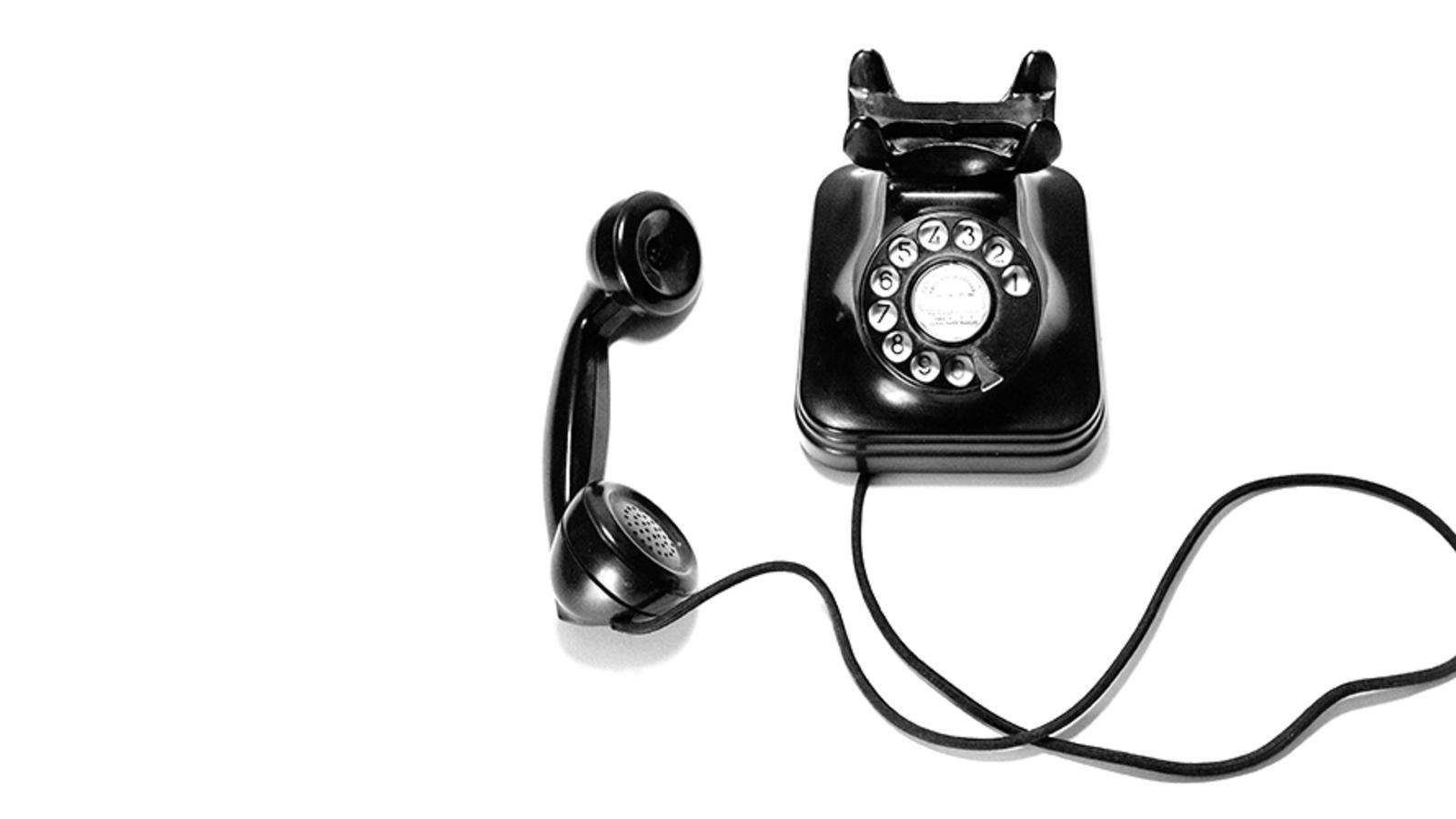
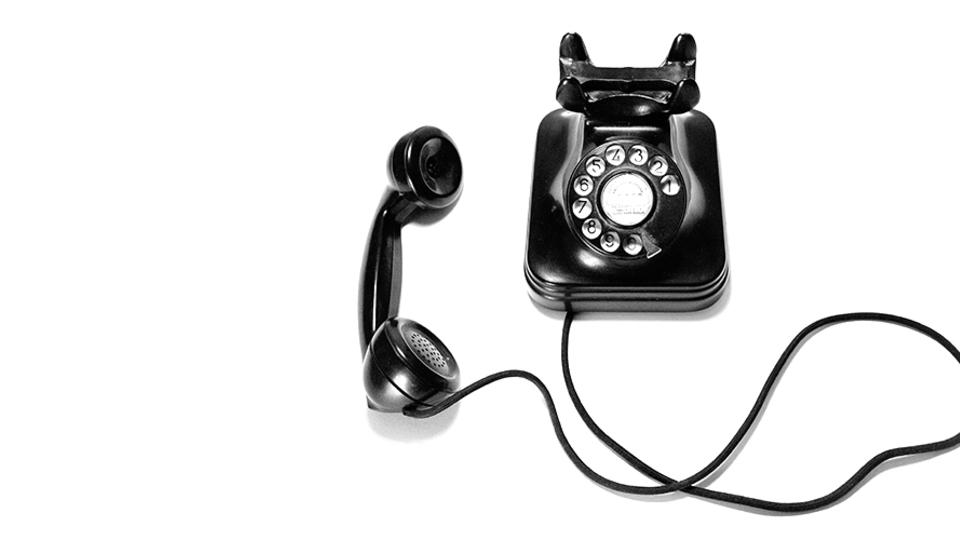
Based on research by Patricia Naranjo, Francois Brochet, Gregory S. Miller and Gwen Yu
Can Certain Analysts Detect Nonverbal Messages That Others Cannot?
- Culture affects the way managers communicate in conference calls.
- Managers from more individualistic countries use language that is both more optimistic and more self-referential.
- In earnings calls Q&As, when an analyst comes from a similar, collectivist culture as a manager, the analyst can better interpret the speaker’s tone of voice and adjust forecasts accordingly. These “intra-cultural analysts” play a crucial role in getting stock prices to accurately reflect executives’ tone.
It’s Alibaba’s latest earnings call, and CEO Daniel Zhang is fielding questions during a Q&A. An analyst from the U.S. thinks Zhang sounds cautious, and leaves his forecast as is. But another analyst, who grew up in Shanghai as Zhang did, notes a certain cheerful nuance in his tone. After the call, she revises her earnings forecast for Alibaba upward. The market jumps.
It’s an anecdote reported from earnings calls time and again: When an analyst and manager both come from the same, collectivist culture, the analyst somehow seems able to discern unspoken meaning in the manager’s tone. This ability to detect underlying optimism or pessimism prompts these analysts to adjust their forecasts — and the market responds.
In a recent study, Rice Business professor Patricia Naranjo proved that this unspoken communication is real. When both analyst and manager in an earnings call come from collectivist cultures — that is, cultures that prize the group over the individual — the effect on the market is measurable.
Working with colleagues Francois Brochet of Boston University and Gregory S. Miller and Gwen Yu from the University of Michigan, Naranjo found that after an earnings conference call, markets responded more dramatically to revisions from analysts who had the same, collectivist ethnicity as the C-suite executives who spoke. The results suggest these “intra-cultural analysts” play a key role in getting stock prices to reflect managers’ true outlook.
To measure this phenomenon, Naranjo and her team first amassed a sample of English-language earnings conference call transcripts from 2002 to 2012. The calls occurred within the three days around an earnings announcement. The final sample consisted of 57,740 conference calls held by 5,021 unique firms from across the globe.
The 24,901 executives from 42 countries who took part in the calls were mostly CEOs and CFOs, but there were also COOs, CMOs and IROs, among others. Of the managers, six percent were female and ten percent had a post graduate education. The average age of the executives was 52.77.
The researchers began with the premise that ethnicity helps shape an outlook that is either more or less individualistic. The researchers then assigned managers and sell-side analysts to likely ethnic groups, based on first and last names and an ethnicity-name matching technique. Assigned groups included Anglo-Saxon, Chinese, European, Hispanic, Indian, Japanese, Korean, Russian/Slavic and Vietnamese.
Next, the researchers measured each ethnicity’s individualism outlook, using an index based on analysis of 88,000 IBM employees in 72 countries. Unsurprisingly, Anglo-Saxons rated the highest on the individualism scale, followed by Europeans. Koreans and Chinese were the least individualistic, and were categorized as more group-oriented.
Now it was time to test the hypothesis. Did managers from more individualistic cultures have a more optimistic tone during conference calls? The prediction was based on psychology research showing that independent cultures – typically Western — place more emphasis on influencing individuals through shows of self-confidence and optimism. Because Q&As tend to be more spontaneous than scripted calls, Naranjo and her colleagues zeroed in on the Q&As to conduct their analysis. Their hypothesis proved correct: The managers from individualistic cultures did indeed speak with a more positive tone during the calls. They also used more first-person pronouns as they spoke.
The finding held true even for executives from individualistic cultures who had studied or worked in group-oriented cultures. Though these executives weren’t quite as positive-sounding as counterparts who hadn’t spent time in group-oriented cultures, the researchers concluded that the cultural traits the executives inherited from their native ethnic group were long-lasting.
Overall, the researchers also found, CEOs tended to speak more positively and use more singular first-person pronouns on average. Female managers used less optimistic language, and older managers tended to adopt a more pessimistic tone, but also used more singular first-person pronouns.
Finally, those analysts who shared a group-oriented cultural background with the managers on a conference call responded more strongly to the managers’ tone — suggesting that they recognized the effect of culture on a speaker’s tone of voice. Collectivist managers, as a rule, used less optimistic language.
When Naranjo’s team studied individualistic analysts matched with group-oriented managers, the analysts’ response was not as strong. Nor was there any pronounced special response when an analyst from a group-oriented culture was paired with an individualistic manager. When analysts are from different backgrounds as managers, in other words, there’s no evidence that they will strongly revise a forecast in response to tone.
For investors tuning in to company conference calls, the findings speak volumes. For analysts and executives who share the same, collectivist background, important messages can go unspoken — and still be understood. Not only that, but when these “intra-cultural analysts” read between the lines and act on their intuitive cultural knowledge, the markets listen. Investors should take note as well.
Patricia Naranjo was an assistant professor of accounting at Jones Graduate School of Business at Rice University.
To learn more, please see: Brochet, F., Miller, G. S., Naranjo, P., & Yu, G. (2019). Managers’ cultural background and disclosure attributes. The Accounting Review, 94(3), 57-86
Never Miss A Story
You May Also Like
Keep Exploring
Rice University debuts MBA deadlines for 2019-20
Update of Rice Business Deadlines
Ride-hailing services maybe driving up traffic deaths
The arrival of ridehailing is associated with an increase of approximately 3 percent in the number of motor vehicle fatalities and fatal accidents, according to research from the University of Chicago Booth School of Business. The documented increase in accidents appears to persist and even increase over time, and that rate has stayed steady through weekdays, weeknights, weekend days and weekend nights, according to John Barrios, assistant professor at Chicago Booth, and Yale V. Hochberg and Hanyi Yi, both of Rice University, in the working paper, The Cost of Convenience: Ridehailing and Traffic Fatalities.
